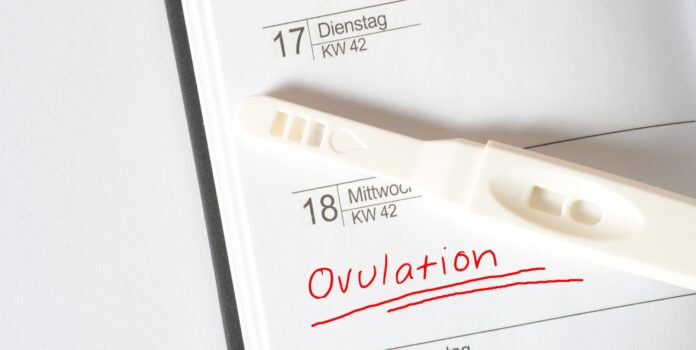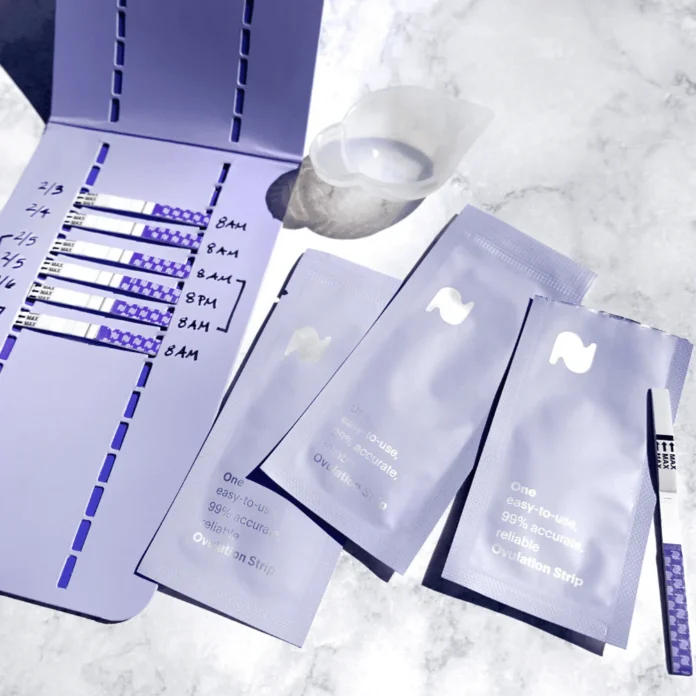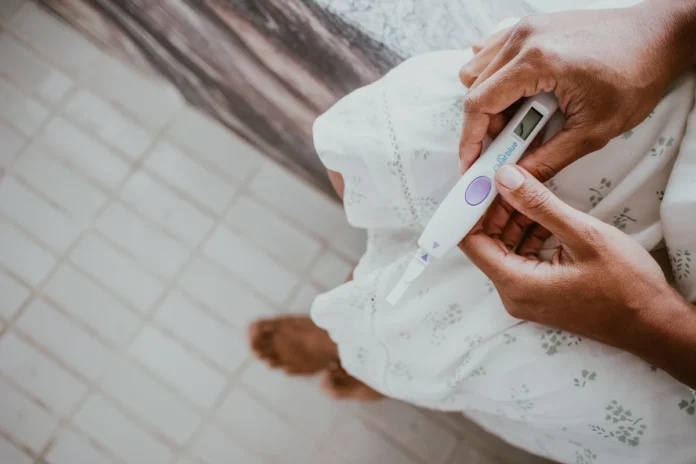Are you and your partner trying to have a baby? If so, you have to know the basics, as well as all the optimal times and rules of sexual activities. This is why a lot of women tend to take an ovulation test a few days prior to their anticipated ovulation to determine when they are most fertile.
The basic rule oftentimes applies to most: approximately halfway through your menstrual cycle, commencing on the first day of your period, ovulation occurs.
It takes between 12 and 24 hours for an egg to mature after being expelled from the ovaries. If you end up having sex you should know that sperm have a survival rate of up to five days. If you need more answers and if you want to know more about it, keep on reading.
What are ovulation test strips and how do they work?
Ovulation predictor kits are also known as OPKs. You can find them often online or in most drugstores and pharmacies. Why one may want to get these?
Due to the fact that you are at your most fertile during ovulation, the kits may improve your likelihood of becoming pregnant. So, did you know that urinary luteinizing hormone (LH) levels are the most significant indicator of ovulation?
If your LH levels are sufficient, ovulation will occur within the next 12 to 36 hours, as this is when the ovary receives the signal to release an egg. If you wish to get your hands on these strips and you want to test your fertility or pregnancy, you should check out the mommed pregnancy test. There, you will find all that one future mommy may need.
How do you use ovulation test strips?

Different varieties of ovulation test strips have varying directions, so double-check yours before you try to use it.
In most cases, you should use the ovulation test strips everyday until a positive result is obtained. How can you do the test and the reading?
Urine is dipped onto simple test strips, and the results are read. If you are struggling to read yours, always read the instructions at the back.
What to know about the cycle duration
It is tough to know when to utilize ovulation test strips.
Due to the cost of test strips, most individuals do not want to test every day, thus it is best to go for only a few days.
A digital ovulation calculator could help you avoid doing arithmetic when using test strips. So, how to do the math? Simply enter your average period length and latest cycle dates to find your ovulation date.
If you have a short cycle, you should begin using your pregnancy test strips a few days prior to your predicted ovulation date.
Want to calculate it on your own?

In a 28-day cycle, ovulation occurs 14 days after the first day of the last menstrual period, and the LH surge occurs one or two days earlier since your hormones have to act up.
Depending on the length of your cycle, you can (and should) modify the midpoint. If you don’t know how to do this on your own you can always ask your doctor.
Begin testing three to four days prior to ovulation to detect the spike.
Take a close look at your test which has two lines.
Control line: The test is functioning as expected.
Another line is the test line.
While LH is rising, this second line is darker than the control line.
A design will emerge on the screen if you are using a digital ovulation test.
When a pregnancy test is positive, the LH surge is occurring and the fertile window is between 24 and 48 hours.
Ovulation kits vs. basal body temperature tracking: what’s the difference, and what should one go for?

The basal body temperature tracking approach involves taking your temperature orally every day and writing it on paper or using an app to watch when it rises. This concept has been all over social media in recent years.
When your temperature continuously rises, you have ovulated. However, this method can be false, and it can leave you with false readings. Our temperatures can spike up due to several reasons, not just ovulation.
So, what does affect its accuracy?
The good news is that, if performed properly, an ovulation test may identify LH in the urine with a 99% degree of accuracy.
Read the instructions carefully and perform each step precisely for the best results.
Even though ovulation tests are 99.9% reliable at detecting LH in urine, some women may experience LH surges that may not result in ovulation. What might lead to false readings in this case?
The polycystic ovarian syndrome affects around one in ten reproductive-age women (PCOS).
Women with polycystic ovary syndrome may experience multiple monthly surges of the luteinizing hormone without ovulation. If you do have PCO it might be a bit harder for you to keep track of it.
For women with extremely irregular menstrual cycles, it may be more difficult to detect these peaks.
Since additional hormones and/or medications might alter the results of an ovulation test, taking antibiotics or birth control can also result in less-than-reliable results in women.
If your test results are consistently negative, you should see a doctor and ask them for their opinion on your case.

Having said all of that
And there you have it, ladies! For moms who have already conceived due to the help of these strips; congratulations! On the other end if you are a mom or a mom-to-be it is important that you purchase all the needed items and tools for your pregnancy. Aside from diapers, wet wipes, and formula, one may want to consider a wearable breast pump. Make sure that you always have all things on deck. That way, your baby won’t spend a lot of time crying yet you will get a clear peace of mind throughout the day.




